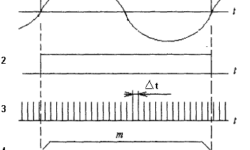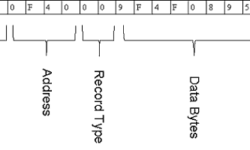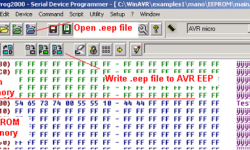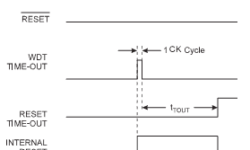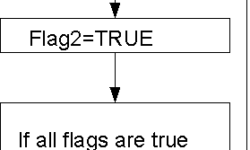Control memory sections using AVR GCC
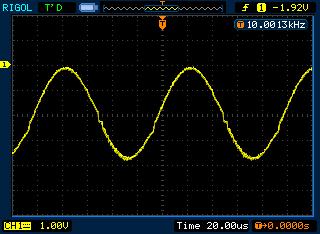
If you are programming AVR microcontrollers in C, usually don’t think about how the compiled program is stored in microcontrollers’ flash memory. The compiler organizes data in the way it looks optimal. But sometimes, you are working with programs where you need to code chunks located in specific program memory locations. For instance, I faced this problem while developing an AVR controlled signal generator. I wanted to make an efficient and compiler independent main loop where the signal has to be read from flash memory and transferred to port. I managed to use the inline ASM function, which does the job: The linker produces ASM code like this:


